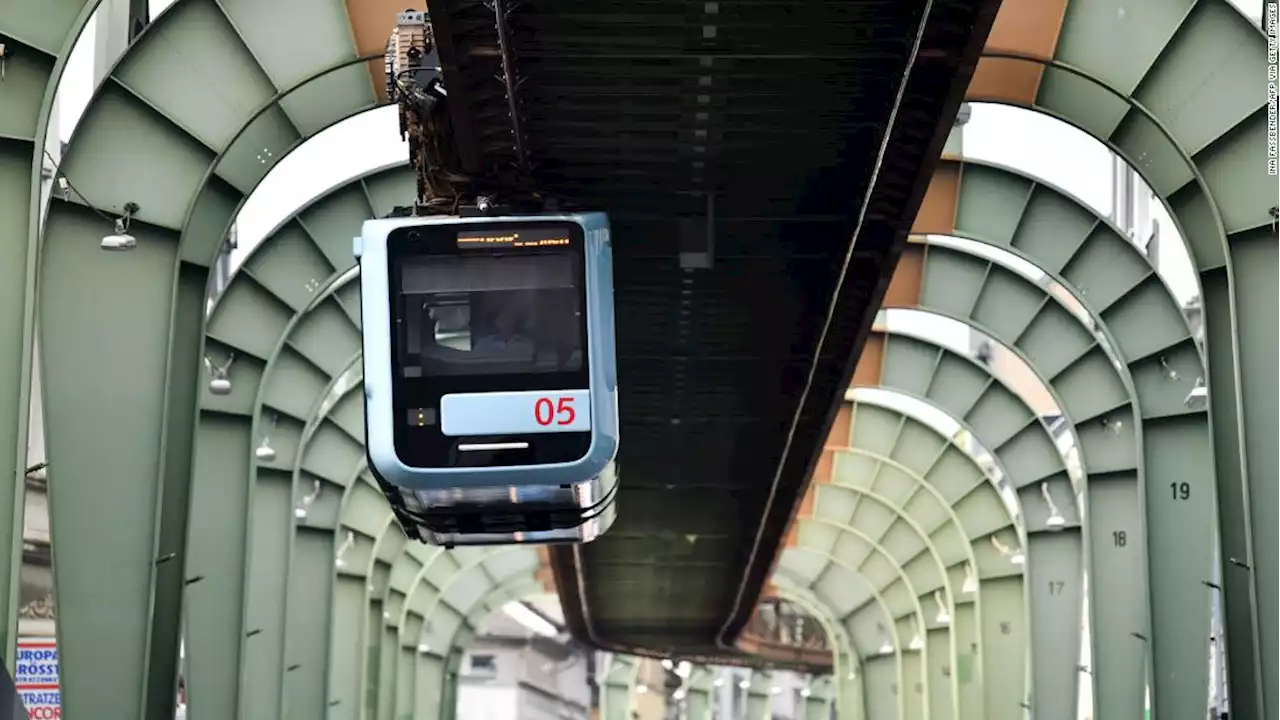Unlike boring ordinary train lines that stay determinedly fixed to terra firma, suspension railways dangle beneath a track suspended from pylons.
Suspension railways today seem like an anachronism -- a 19th-century vision of what the future of transport would look like. By the year 2022, surely we would all be commuting to work on upside down railways!
It all began in the 1880s, in the afterglow of imperial Germany's so-called Gründerzeit era of rapid industrial expansion. Entrepreneur and engineer Eugen Langen had been experimenting with a suspension railway for moving goods at his sugar factory in Cologne. The network was extended to its final length of 13.3 kilometers in 1903, with journeys beginning and ending at turning loops connected to the line's Vohwinkel and Oberbarmen stations.
For Rosemarie Weingarten, who was born in Wuppertal's Barmen district in 1933, the Schwebebahn remains the cultural flagship of the city because of its endurance. She'd already ridden on trams, drunk from a holy water fountain, delivered crates of beer to construction workers and, somewhat less heroically, eaten a bouquet of flowers and urinated on a Persian carpet.
